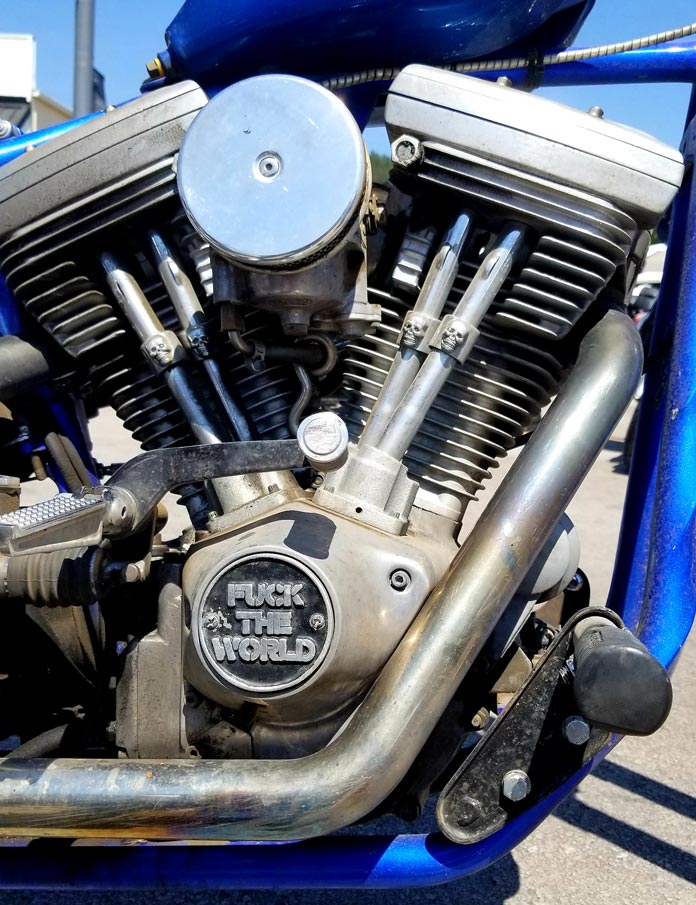We live in an era when motorcycles have never been better – more performance, secure handling, safety aids like antilock brakes, and reliability that shames the bikes of previous decades.
That said, vehicles powered by electricity are gradually taking over. This is especially true in the four‑wheel arena, as it’s much easier to fit a 1,000‑lb battery into a Tesla or Kia than it would be to cram it into a Road Glide.
I must confess that I’ve enjoyed riding several electric motorcycles. They’re easy to operate, are very quick, require barely any maintenance, and excel during commuter duties. But they force riders to keep trips to a limited range, as refilling a battery requires much, much longer than the single minute it takes to fill a gas tank. Also, the number of fuel stations for EVs is geometrically smaller than gas stations that are around nearly every corner.

But electric motorcycles will inexorably become more prevalent in the years ahead, and they will surely have longer ranges than what’s available today from LiveWire, Energica, and Zero. Improvements in battery technology will cram more juice into each cubic inch and reduce production costs, changing the value proposition of EVs into a more favorable solution for two‑wheelers.
However, it would be impossible for an EV to have the soul of vehicles powered by an internal-combustion engine (ICE). I’m not going out on a limb here, as I think you’d all agree. But I’m delving in a bit deeper with how the engines in our bikes have parallels to humans.
A throttle controls an engine’s breathing – what you do with the twistgrip is connected to the breathing powerplant between your legs. Just as we draw in air to feed our bodies with oxygen, an engine inhales air (and fuel) to make it come alive.
An engine breathes in air to support the combustion process that rumbles below to accelerate us and put smiles on our faces. Opening a throttle further adapts its intake to deliver greater power output, similar to how our bodies increase the rate of our breathing to meet the demands of physical exertion.
Happily, there are usually no explosions/combustions in our bodies, but exhalation is a phase common with human respiration and engines. The rhythmic cycle of intake, combustion, and exhaust mirrors the steady cadence of human breathing, albeit on a radically faster timescale. An engine’s respiratory system has a rhythmic rise and fall like our lungs as we draw in breath.
ICE engines breathe life into our motorcycles, propelling us toward our destinations with each turn of the crankshaft. There is an interconnectedness of natural and mechanical systems, providing responses that somehow feel organic – almost human.
So what do you think? Am I on the right track here? Send your thoughts to editor@AmericanRider.com.
Find more Rubber-Side Down columns here


















